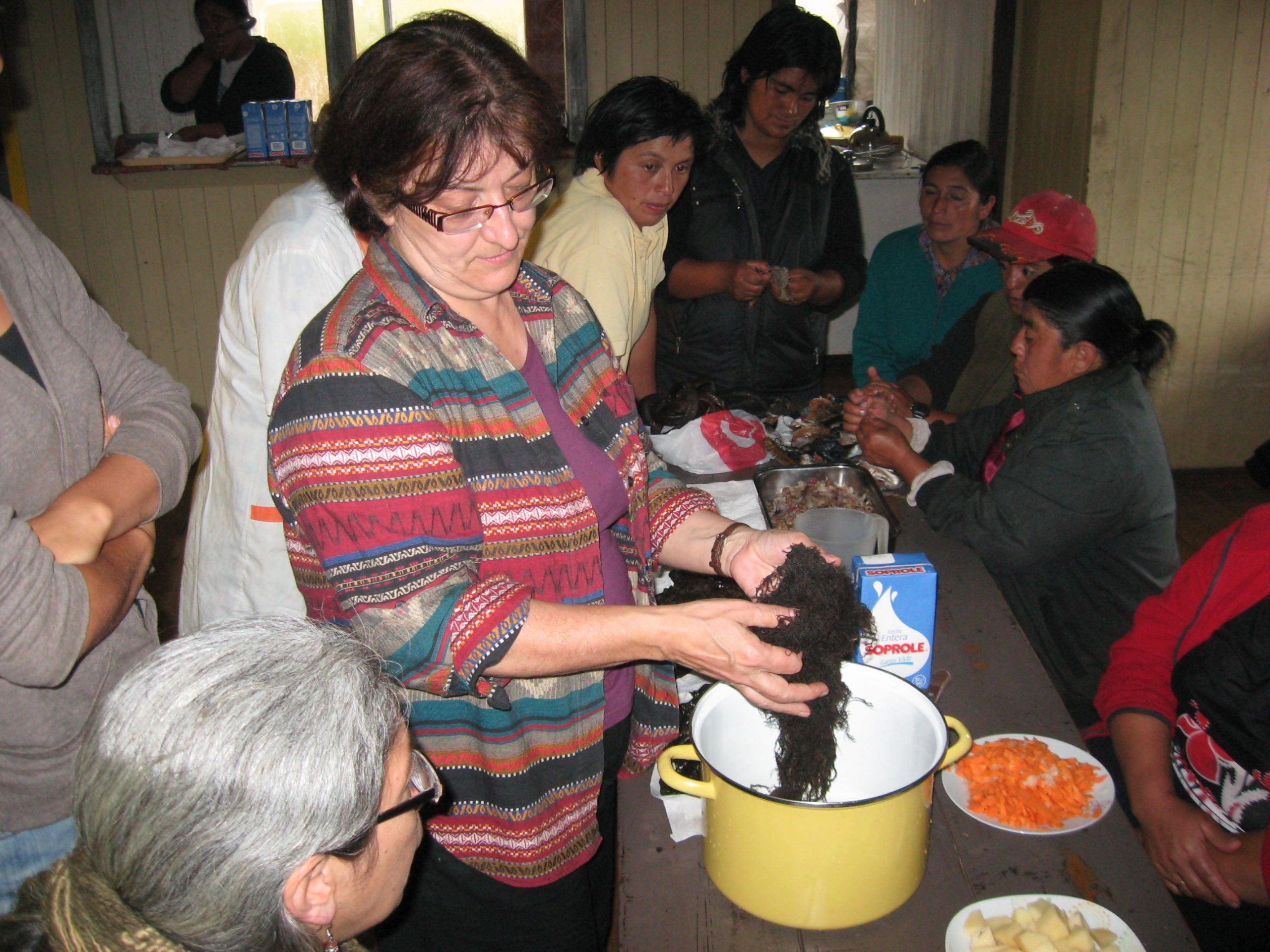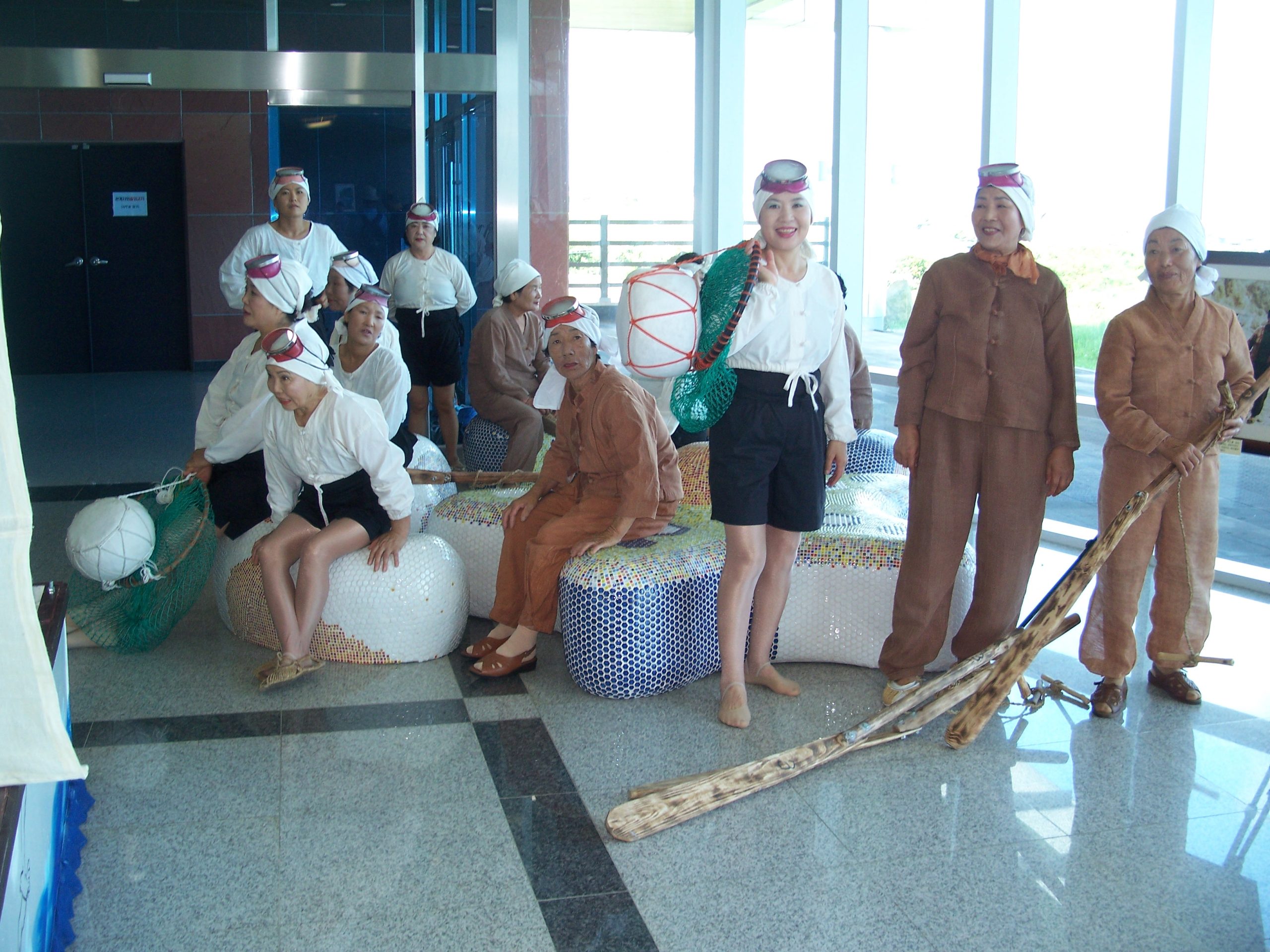
The gallery contains a collection of photographs published in issues of the SAMUDRA Report and the Yemaya Newsletter, as also other ICSF publications, workshops and meetings over the years. Also to be found are more general images of fishing and fishworkers in action across the world. There are about 10,000 photos from 64 countries. The photo database is searchable by caption, country and photographer. All images are free for download, though users are requested to credit the photos to ICSF and the respective photographer.

Speakers highlighted that women constitute the primary target group who face discrimination in employment and their work lacks recognition.
Photo credit: Naina Pierri

Women vendors waiting for the catch on the shore in Gambia. Women’s work in fi sh processing and selling are often not considered to be work.
Photo credit: ICSF

Women at the dryfish market at Nakkappalli, Andhra Pradesh, India. Prevailing structures of power in the fishing community tend to impose patriarchy.
Photo credit: Dharmesh Shah/ICSF

Chinese fisherwoman at a harbour. Women in fisheries became a programme theme of the AFS in 1998.
Photo credit: Olivier Barbaroux

The training workshop for the people of Alao demonstrated the use of seaweeds for food and medicine held in Chile.
Photo credit: Irene Novaczek

The public hearing on ‘Women and the sustainable development of fisheries areas’, invited women’s organizations to speak about their work, problems and perspectives.
Photo credit: Katia Frangoudes

Women play an important role in fisheries. Lack of attention to gender results in policy or programme failures to improve livelihoods.
Photo credit: RFLP

Hundreds of fish vendors gathered in protest outside the office of the marine fisheries department in Contai, East Medinipur, West Bengal.
Photo credit: Pradip Chatterjee/Disha

Women divers of Jeju in South Korea for whom diving for seaweed and seafood is a way of life.
Photo credit: Nalini Nayak

Fish mammies at Tombo, with catfish landings. They are the hub around which the fisheries revolve.
Photo credit: Thomas Lebbie

Woman shell-fish catchers have a deep understanding of the symbiosis between their lives and the life of the ecosystem in Ecuador.
Photo credit: Gladys Cortez

Dried dagaa ready for packing and transporting to the market, Kome Island, Tanzania.
Photo credit: Modesta Medard Ntara

Ten years ago there was greater openness to the idea of women’s participation in fishing organizations. Women were forming their own organizations as well.
Photo credit: ICSF